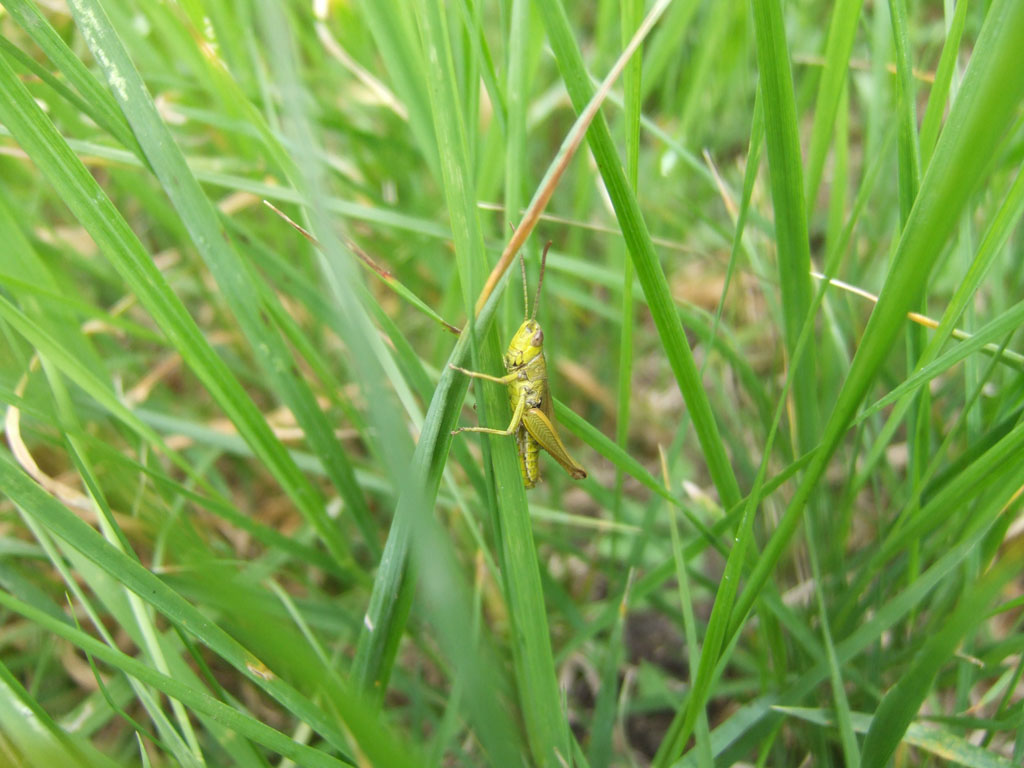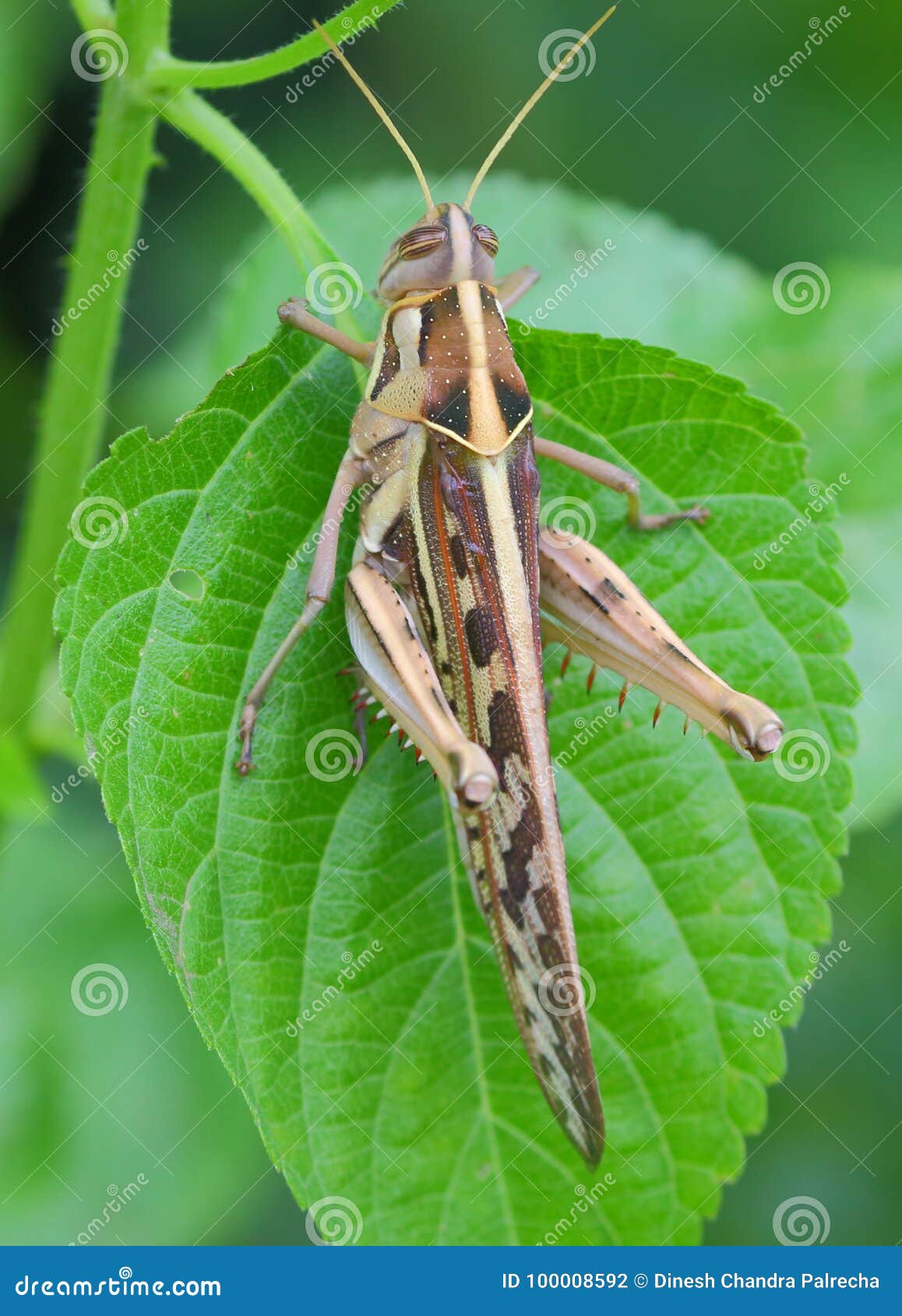Food chain diagram with green grasshopper Biology Diagrams The food chain would be: plant → grasshopper → bird → snake → owl. A food chain cannot continue to go on and on. For example the food chain could not be: plant → grasshopper → spider → frog → lizard → fox → hawk. Food chains only have 4 or 5 total levels. Therefore, a chain has only 3 or 4 levels for energy transfer. Study with Quizlet and memorize flashcards containing terms like 1) In the food chain 'grass --> grasshopper --> frog --> snake --> eagle', what organism is the primary consumer?, 1) In the food chain 'grass --> grasshopper --> frog --> snake --> eagle', what organism is the producer?, Which of the following links of the food chain eats decaying matter? and more.

Food Chain Example: Grass → Grasshopper → Frog → Snake → Hawk; Food Web Example: In a forest ecosystem, grasshoppers may be eaten by frogs, birds, and spiders, while snakes might consume frogs and birds, creating a more intricate energy transfer network. Parts of a Food Chain. Each food chain consists of several essential parts: Grasshoppers play a vital role in the food chain, serving as both a food source and a predator. As herbivores, grasshoppers primarily consume plants, primarily grasses and leaves, making them essential for maintaining plant diversity in ecosystems. In turn, grasshoppers become prey for a variety of insectivores, including birds, reptiles, and amphibians. As a result, grasshoppers help regulate Study with Quizlet and memorize flashcards containing terms like (See study guide #1) The figure below shows a food chain that might exist in a field or meadow. Describe what the food chain represents., Carnivores and herbivores are both consumers. Describe how they are different from one another?, (See study guide #3) A mangrove swamp contains many organisms living among the large roots of

Watch this video about life and the second law of thermodynamics. Biology Diagrams
For instance, a grasshopper that feeds on grass exemplifies a primary consumer. This interaction allows energy to transfer from the abundant producers to the next level in the food chain, establishing a vital ecological link. An example of this relationship can be seen in a meadow ecosystem, where grass (the producer) is eaten by

In this food chain, grass is the producer as it converts sunlight into **energy **through photosynthesis. The grasshopper is a primary consumer as it feeds on the grass. The mouse, in turn, consumes the grasshopper, making it a secondary consumer. The owl, at the top of the food chain, consumes the mouse, making it a tertiary consumer. The food chain would be: plant → grasshopper → bird → snake → owl. A food chain cannot continue to go on and on. For example the food chain could not be: plant → grasshopper → spider → frog → lizard → fox → hawk. Food chains only have 4 or 5 total levels. Therefore, a chain has only 3 or 4 levels for energy transfer.
